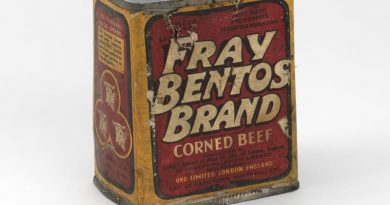How Coffee Came to Europe
Most of the world’s coffee today comes from either South America Italian espresso blend coffee beans or Indonesia (hence the nickname Java), but coffee originated in the highlands of Ethiopia and did not reach Europe for thousands of years.
It was not until the 16th century that the introduction of coffee to Europe took place. Coffee arrived from the Middle East where it had achieved a near cult like following, with the first coffeehouses being established in Istanbul. Once accepted by Islamic law (it was very nearly banned, like alcohol) the beverage followed the spread of Islam across Africa and Eastern Europe.
Coffee is believed to have been introduced to Europe by the traveller Marco Polo but it faced criticism upon its introduction to Polo’s native Venice. Deemed the ‘bitter invention of Satan’ by the local clergy, it did however appeal to Pope Clement VIII, who gave the drink Papal approval.
The Dutch were the first Europeans to cultivate coffee trees, managing to acquire some coffee seedlings from Arabia, which they successfully grew on the island of Java (now Indonesia). The Dutch became a leading exporter of coffee.
In 1720, French Naval officer Gabriel Mathieu de Clieu travelled to Martinique with a coffee tree seedling that he had acquired from the Jardin royal des plantes after two coffee trees were gifted to the French from Holland . By 1777 there were almost 19 million coffee trees growing in Martinique.
Coffee soon grew in popularity to rival Spanish chocolate and Chinese tea and from then on, many coffee houses were quickly established in the major cities of England, Austria, France, Germany and Holland, each working on new and interesting ways to serve the drink.
Coffee houses in London
Britain’s first coffee shop opened in Oxford in 1650. Two years later, a Greek servant named Pasqua Rosee brought the new drink to the capital, opening a shop in St Michael’s Alley, Cornhill. It was an overnight success and others were quick to copy. Previously, men had gathered in taverns to do business and exchange ideas. But they were often unpleasant, rowdy and – thanks to the ale – unproductive venues. Coffee, on the other hand, “will prevent drowsiness and make one fit for business”.
Soon, intellectuals, professionals and merchants thronged to the coffee houses to debate, distribute pamphlets, do deals, smoke clay pipes and, of course, consume a drink said to resemble “syrup of soot and essence of old shoes”.
In 1688, Edward Lloyd’s coffee house on Tower St earned a reputation as the place to go for marine insurance. It later evolved into world-famous insurance market, Lloyd’s of London. In 1698, the owner of Jonathan’s coffee house in Exchange Alley began to issue a list of stock and commodity prices called “The Course of the Exchange and other things”: so starting of the London Stock Exchange. Auction houses Sotherby’s and Christie’s have their origins in coffee houses.
By the mid-17th century, there were approximately 300 coffee houses in London alone. Coffee houses increasingly became vital centres of social activity and communication with each one attracting customers with specific interests in common, such as merchants, shippers, artists and intellectuals. Coffee was a great soberer and an antidote to alcohol’s effects where breakfast consisted of beer and ale. Coffee stimulated the mind, provoked discussion and debate and energized the body.
Destination – Europe




